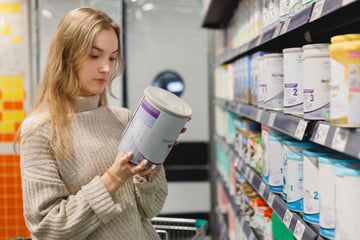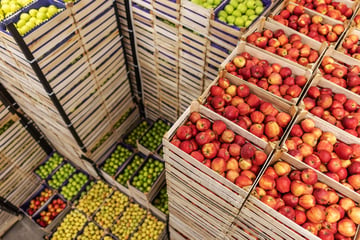Smartphones, text messaging and social media activities are now so common in public places, that no one questions what anyone does with their phone. This shifting in cultural norms allows a phone application to be used in direct, concealed observations without alerting the people being observed.
That is the conclusion of food science researchers in Penn State's College of Agricultural Sciences, who studied whether phones could be used in place of the traditional clipboards to improve the quality of data collection related to food safety observations.
Food safety practices used by food handlers are often monitored for research, inspection and regulatory purposes. However, if surveillance is not concealed, it can result in unintended behavioral changes, according to Catherine Cutter, professor of food science. Those changes -- known as the Hawthorne Effect -- can render such observations meaningless.
"Direct concealed observations have been used to minimize the Hawthorne Effect during observational data collection in various settings, but some limitations can include the need to memorize observations or take notes out of sight of those being observed," said Cutter, a food safety specialist with Penn State Extension. "In our research, we describe a newly developed smartphone and tablet application for use as a data collection tool for direct concealed observations."
The researchers, who recently published their findings in the journal Food Protection Trends, worked with a smartphone-application developer to create an app that includes features needed to document direct concealed observations of food handlers, including the creation of checklists to record aspects such as hand hygiene, the adequacy of hand-washing facilities, the temperature in coolers holding ready-to-eat foods and the presence of potentially hazardous foods. The app allows observers to easily add photos, audio, videos and open-ended notes to their reports.
To evaluate the use of smartphones as inconspicuous data collection tools, the researchers developed and disseminated a short survey to assess public perceptions of smartphone use in a retail setting. Participants viewed images of individuals using either a smartphone or a clipboard in a retail environment and provided open-ended responses.
Ninety-five percent of participant responses indicated that images of clipboard use in a retail setting suggested evaluative activities -- research, inspection, and so forth -- whereas none of the participants indicated that images of smartphone use in the same environment suggested evaluative activities, said Robson Machado, a doctoral candidate in food science.
"We are so into our phones today, and everyone has one and carries it around, so it easily can be used as a nonthreatening tool to make direct, concealed behavioral observations, and no one will ever realize you are doing it," he said. "An observer can just pretend to be texting or fiddling with the phone, while monitoring the interactions between customers and workers in retail establishments, such as supermarket delicatessens."
These results demonstrate, Machado explained, that use of a smartphone for data collection in a retail setting might not be perceived as an evaluative activity and that its application during direct, concealed observations could minimize behavioral changes among subjects being observed.
"This study should be of interest to researchers, regulatory personnel and food industry professionals who are seeking ways to evaluate the food safety behaviors of food handlers," he said.
The U.S. Department of Agriculture, Penn State Extension and the College of Agricultural Sciences supported this research.
Tag(s):
Food Safety
Other posts you might be interested in
View All Posts
Recall
8 min read
| July 2, 2019
Standardizing the Communication Process for Food Recalls and Withdrawals
Read More
Food Industry
11 min read
| March 31, 2023
Three Takeaways from the 2021-2023 Infant Formula Recalls and Shortages
Read More
Food Safety
10 min read
| March 29, 2023

